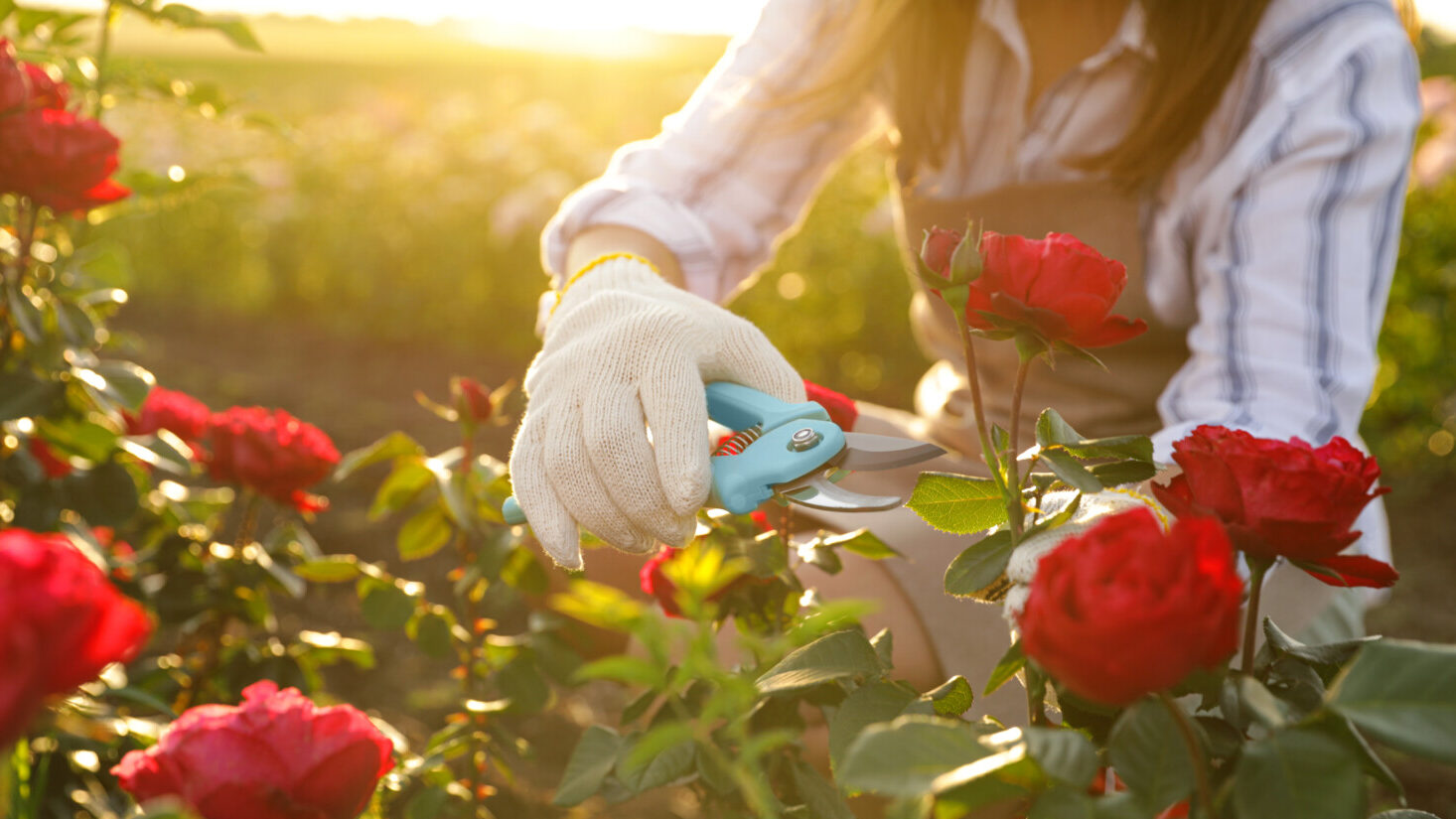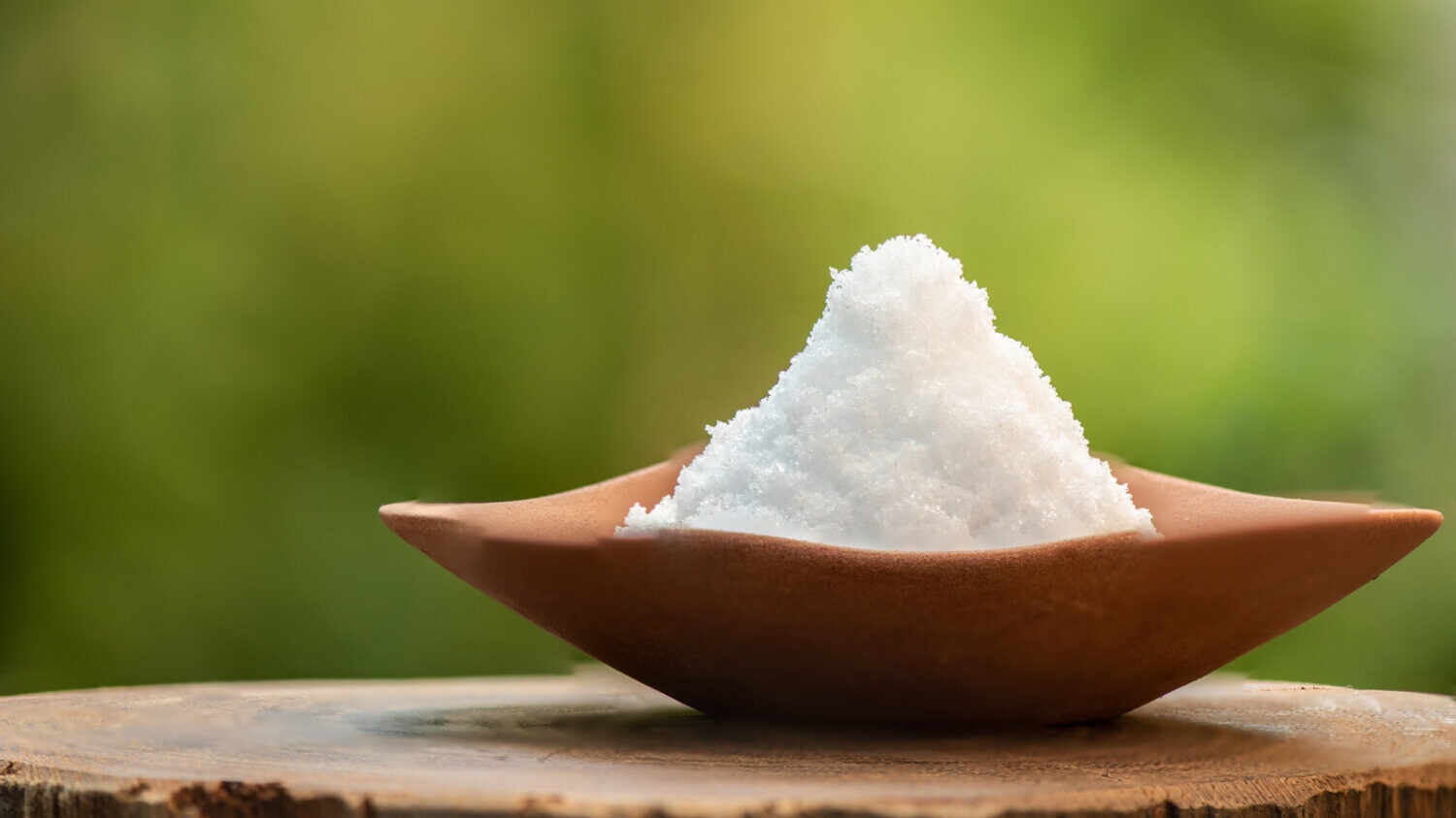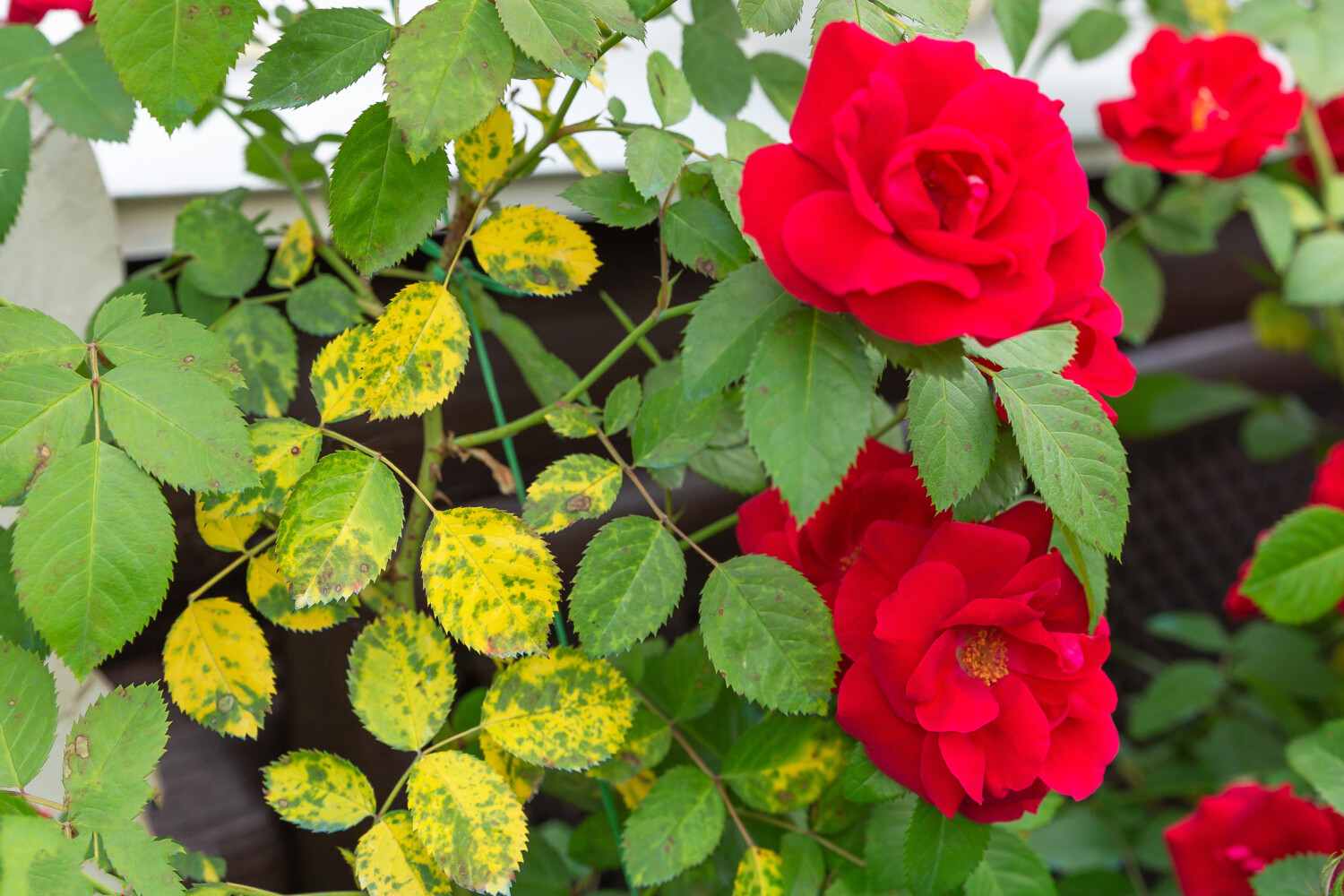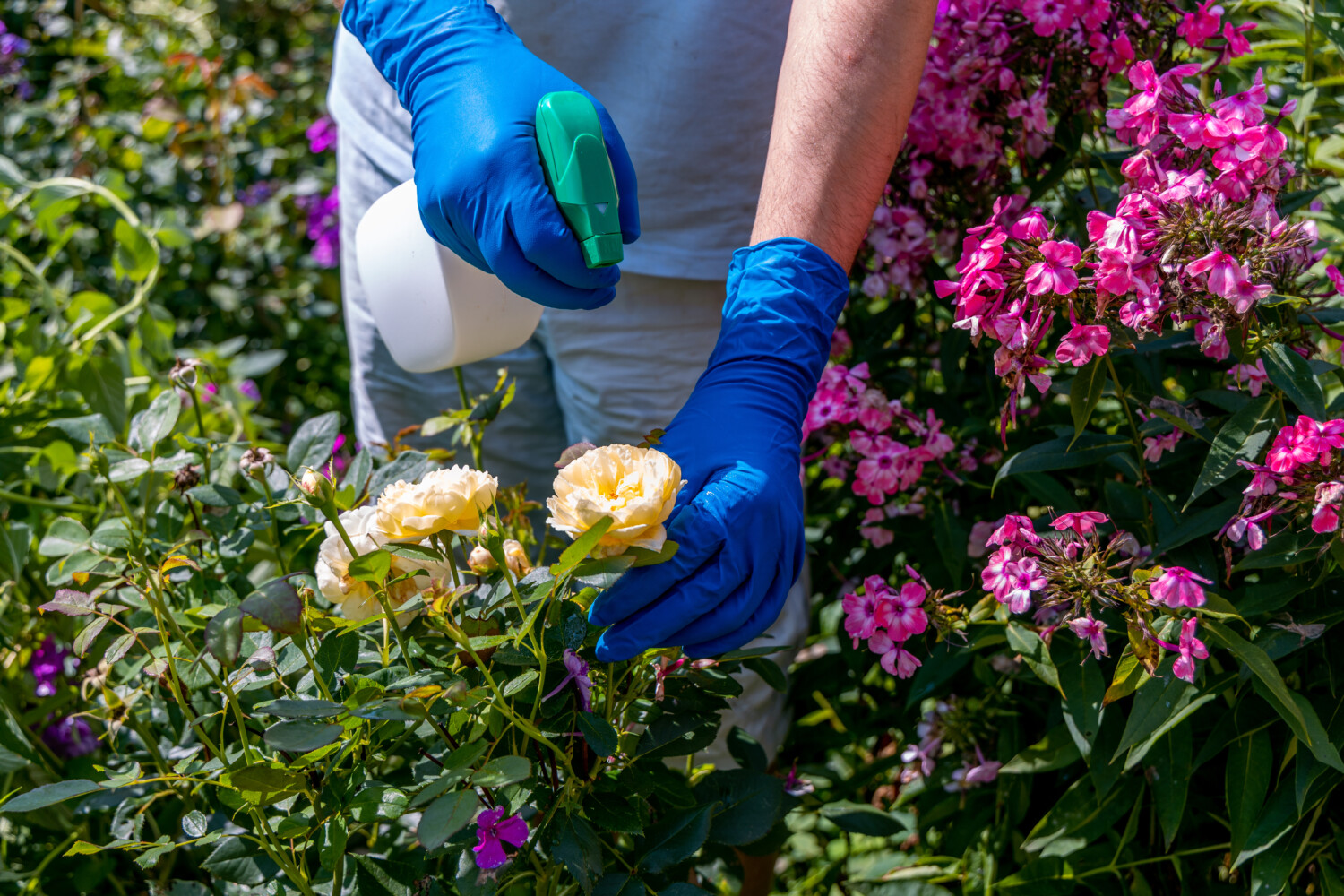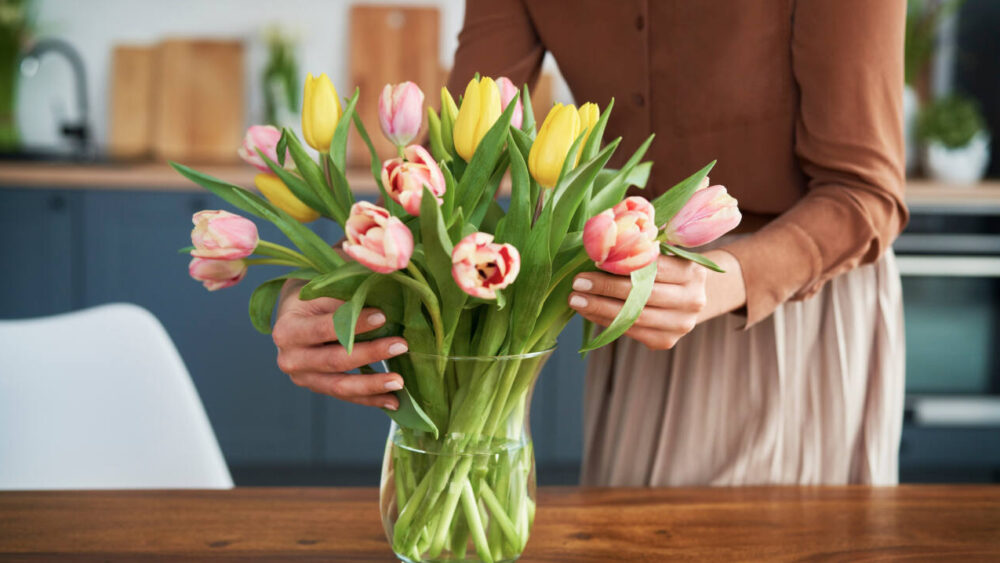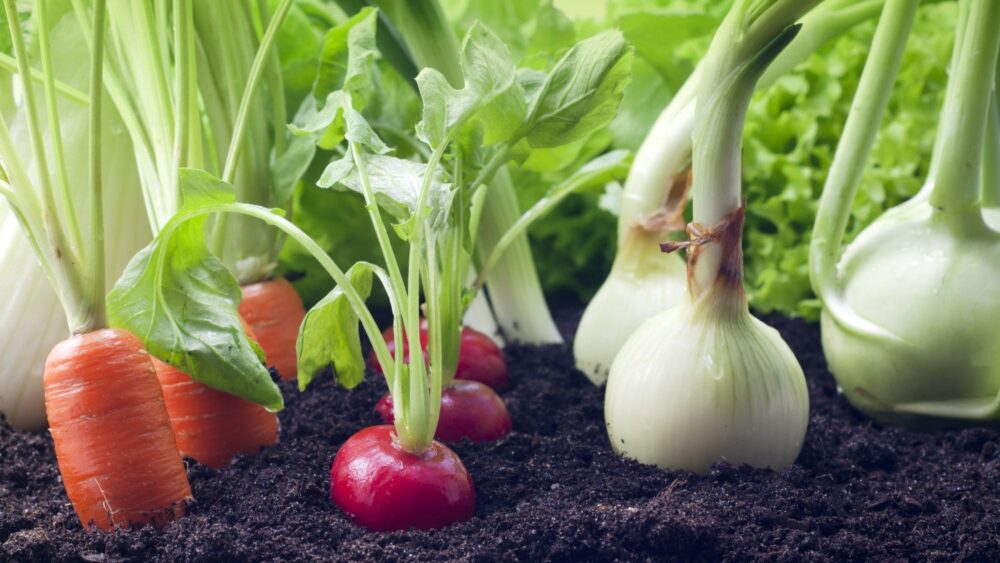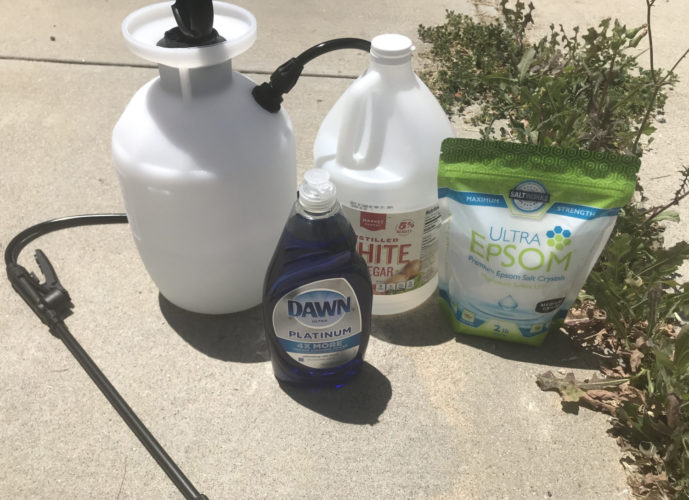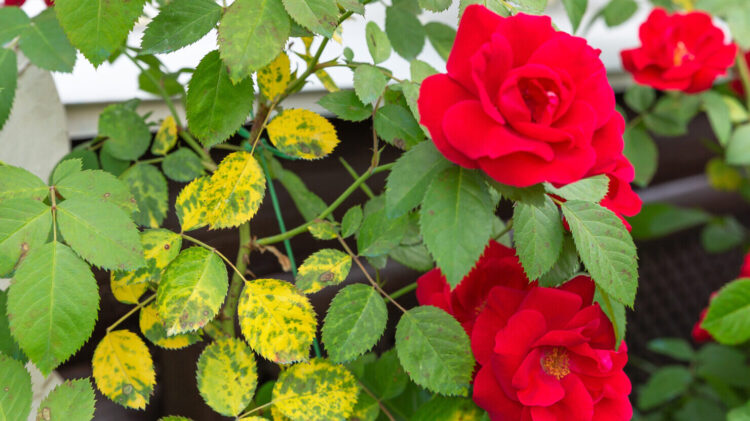How to use Epsom salt to create more beautiful rose gardens
You may know Epsom salt as something you add to your bath to soothe aches and pains. But did you know your rose garden may benefit from the strategic application of Epsom salt?
Many gardeners swear by its ability to produce more roses and to make the foliage lusher and greener. Rose gardeners can also use Epsom salt to reduce disease risk, improve nutrient uptake and enhance the quality of the blooms.
Here’s what you should know about Epsom salt and how to use it in your rose garden.
What Is Epsom Salt?
Epsom salt is a mineral compound called magnesium sulfate that was first discovered in natural springs in Epsom, England. It’s long been used as a folk remedy for pain. You may have heard of people soaking in a bath of dissolved Epsom salt to relieve muscle soreness or arthritis. (Whether it’s the mineral itself or the warmth of the water that loosens stiff muscles is an ongoing source of debate.)
Of course, sulfur and magnesium are also among the 17 nutrients that plants require to grow. And they enhance the uptake of some of the other nutrients that are even more important to their health.
“Magnesium aids in the absorption of important nutrients, such as nitrogen, phosphorus, and potassium,” Wes Harvell, rose category manager of Jackson & Perkins, told Martha Stewart. “Sulfur aids in the production of amino acids, enzymes, and vitamins, and it plays a role in the formation of proteins within the plant.”
How to Tell if Your Roses Could Use Epsom Salt
Experts at the Chicago Botanic Garden explain that Epsom salt should not be used as a rose plant’s only fertilizer, since it doesn’t contain any of the three major components of most fertilizers — nitrogen, phosphorus or potassium. But it could be a good supplement to your fertilizer, especially for highly alkaline soils.
Harvell told Martha Stewart that gardeners should begin by consulting local specialists who know about the soil makeup in their specific areas. Then, they should consider doing a test to determine their soil’s nutrient levels and pH.
“This will help identify any potential deficiencies or imbalances that may impact your roses’ health,” Harvell said. “If the soil test indicates a magnesium deficiency or alkaline pH, Epsom salts could be beneficial.”
Secondly, he suggested checking the plant itself for signs of a magnesium deficiency.
“Symptoms may include yellowing leaves (with the veins remaining green), stunted growth, or reduced flower production,” Harvell said. “If your roses exhibit these symptoms, it could indicate a need for magnesium supplementation.”
How to Use Epsom Salt in Your Rose Garden
Evenly sprinkle about 1/2 cup to 1 cup of Epsom salt into the soil around each of your rose plants in the spring, when rose buds are starting to open. Keep Epson salt a few inches away from the stem to avoid direct contact.
Rake the soil to gently work it into its top layer. Water your plant liberally to help the minerals dissolve. Then, apply the salts again every four to six weeks during the growing season, so the rose plants can absorb the magnesium without creating nutrient imbalances.
If you want to use Epsom salts in a spray, mix a tablespoon of salts into each gallon of water. However, this is not necessarily the recommended method, since these salts can cause leaf scorch when sprayed on leaves. Don’t use too much and don’t spray on hot, sunny days.
Where to Buy Epsom Salt
According to the Epsom Salt Council, you can buy this mineral in most pharmacies and supermarkets. It tends to be stocked in one of two sections. First, it might be with first aid supplies like alcohol and peroxide. Or, try the section that contains bath supplies.
You can also purchase agriculture-grade Epsom salts, like Epso Magriculture Epsom Salt or Epsoak Agricultural Epsom Salt, which are designed specifically for plants. This type of Epsom salt can be found at big-box retailers like Walmart and Lowe’s or at landscape supply stores.
Your roses will thank you!


